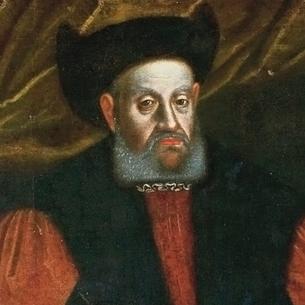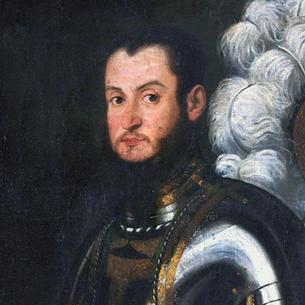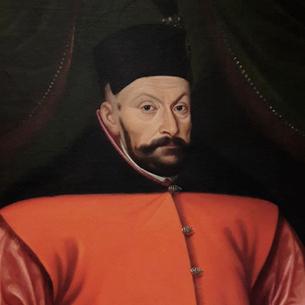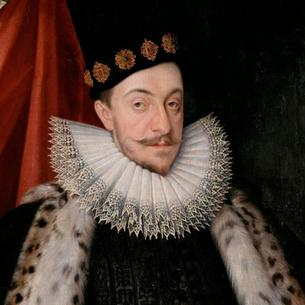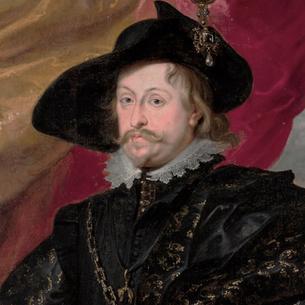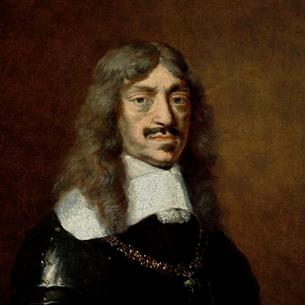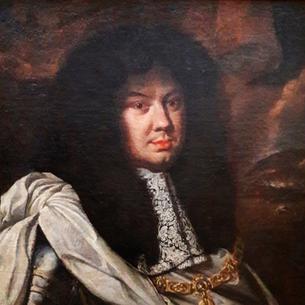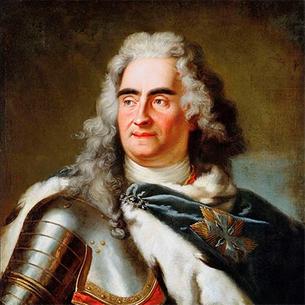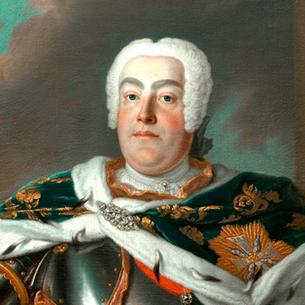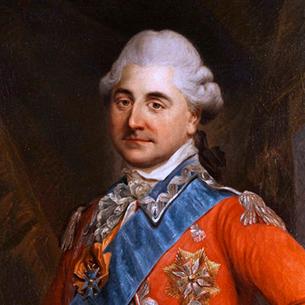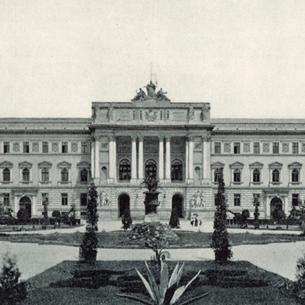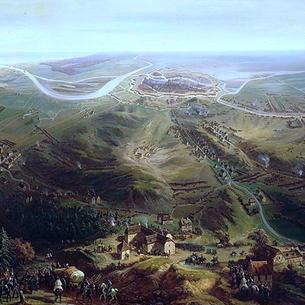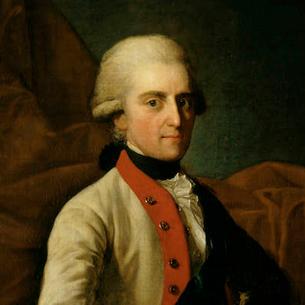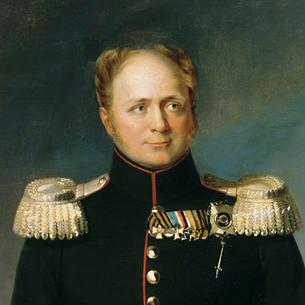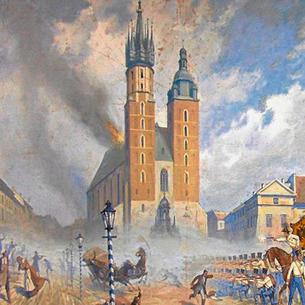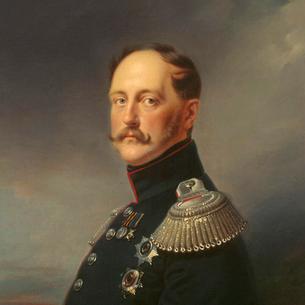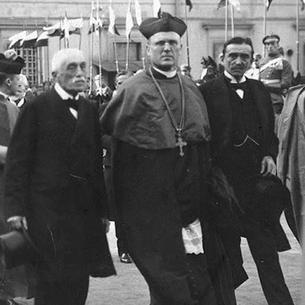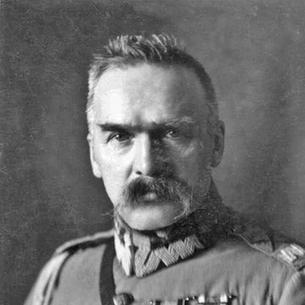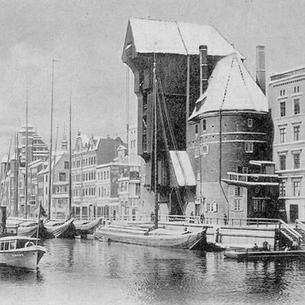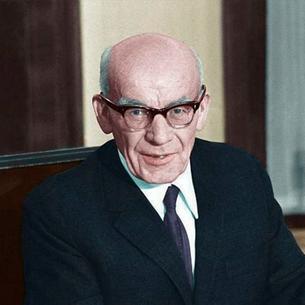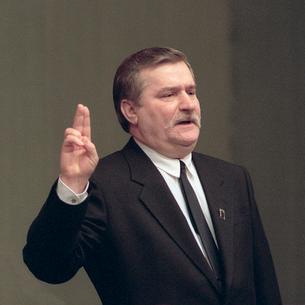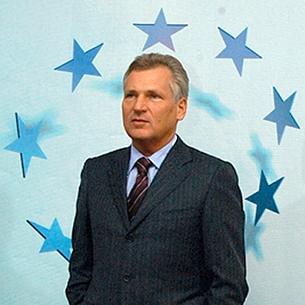
Coins of Poland
Total added coins: 5560
Which Polish coins are worth money?
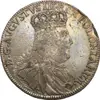
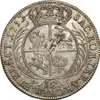
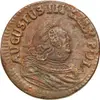

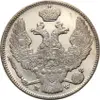
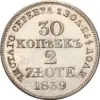
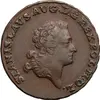
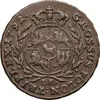
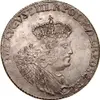

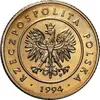


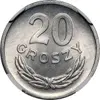
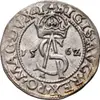

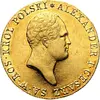
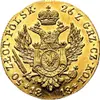
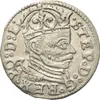


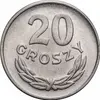
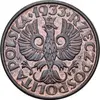



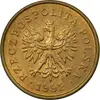






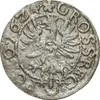




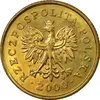
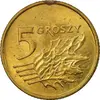







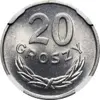



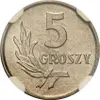
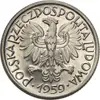
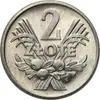



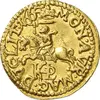




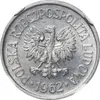

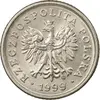
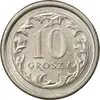



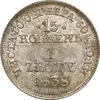


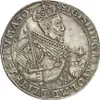






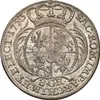

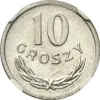
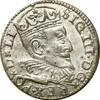
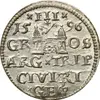
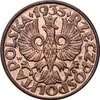



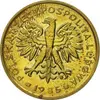
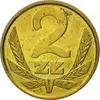

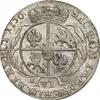

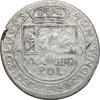

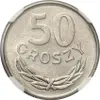
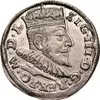
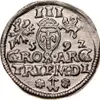

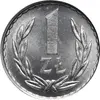
- Coins history
History of Polish Currency
At the end of the 10th century, the territory of the Polish state encompassed lands approximately similar to present-day Poland, with its core lying between the Oder and Bug rivers. During the reign of Bolesław I the Brave, the history of Polish currency began, and it has continued for over a thousand years. Throughout the Middle Ages, the territory of Poland underwent numerous changes. In the 12th century, the state experienced fragmentation into smaller regions. In the 14th century, after the unification of the country, Galicia was incorporated into Poland, becoming one of the most important Polish territories for the following centuries. During this period, at the end of the 14th century, the concept of the «Crown of the Kingdom of Poland» (abbreviated as «Korona») emerged, which was synonymous with the name «Polska» (Poland). In the 15th century, as a result of the Thirteen Years’ War, Gdańsk Pomerania was reclaimed from the Teutonic Order, marking a period of about 200 years of Poland’s greatest prosperity. In the 16th century, the Union of Lublin (1569) united Poland and Lithuania into a federative state called the Polish-Lithuanian Commonwealth. It consisted of two equal members: the Crown of the Kingdom of Poland and Lithuania. At the same time, by an edict of Sigismund Augustus (as the Grand Duke of Lithuania), Ukraine, previously part of the Lithuanian state, was joined to Poland, becoming one of the lands of the Crown of the Kingdom of Poland for the next centuries. In the first half of the 17th century, the Polish-Lithuanian Commonwealth covered an area of about 1 million square kilometers. From the middle of the 17th century, due to a series of wars (Khmelnytsky Uprising, war with Russia, Swedish Deluge), the position of the Commonwealth on the international stage began to decline. In the 18th century, Russia, Prussia, and Austria carried out a series of partitions (1772, 1793, 1795), leading to the cessation of the Polish state for 123 years. Despite numerous attempts to regain independence in the 19th century, it was only at the beginning of the 20th century, after World War I, that the Poles succeeded in doing so. In the east, the Polish state included the Vilnius Region, with the border passing through Belarus and Ukraine, dividing these two regions between Poland and the USSR. In the west, Greater Poland and part of Upper Silesia were incorporated into the Polish state. In 1939, the USSR and Germany carried out the fourth partition of Poland. The eastern part of the Polish state, with cities such as Lviv and Vilnius, was seized by the USSR and never returned to Poland. After World War II, the Polish state acquired territory, which, with minor adjustments in the second half of the 20th century, remains the territory of the Republic of Poland to this day.
Middle Ages
In the Middle Ages, the dominant denomination was the denar, which took various forms, including brakteata (thin, one-sided struck sheet) and puła (coins struck from pure copper). It was only during the late Middle Ages, in the 14th and 15th centuries, that other types of money appeared in Polish lands, such as kwartniki, szelągi, grosze, and półgrosze. These denominations were higher in value than the denar. Especially the półgrosze enjoyed great popularity during this period. For a significant part of the 14th century, foreign coins, such as the Prague grosz, circulated as the main currency in Poland. The issuance of a gold coin, the floren of Władysław I the Elbow-high, was incidental.
Modern Times
The modern Polish coinage began with the great monetary reform carried out by King Sigismund the Old in the years 1526-1530. A whole range of denominations appeared in circulation at that time, including denarii, ternarii, szelągi, półgrosze, grosze, trojaki, and szóstaki. Gold coins, the dukats, were also included in the Polish monetary system. Sigismund the Old’s reform initiated the period of bimetallism, in which the monetary system was based on two precious metals. During the reign of Stephen Báthory, the issuance of thalers, the highest silver denomination, began on a larger scale. The most popular denomination during this period were the trojaki, which were systematically issued in large quantities, made of good silver, and became an international currency. In the 16th-18th centuries, they were widely accepted in Central and Eastern Europe, the Balkans, and Turkey. In many ways, the peak period of modern Polish coinage was during the reign of Sigismund III Vasa. At that time, there were royal mints (Olkusz, Wschowa, Poznań, Malbork, Bydgoszcz, Lublin, Kraków, Warsaw), the Lithuanian mint (Vilnius), city mints (Gdańsk, Elbląg, Toruń, Riga, Poznań, Wschowa), and the private mint in Łobżenica. At that time (in 1621), the highest denomination Polish coin, the «studukatówka,» was minted. The first Polish banknotes appeared at the end of the existence of the Commonwealth, during the Kosciuszko Uprising (1794).
Poland under Partition
The modern Polish coinage was concluded with the third partition of Poland (1795). It was not immediately abolished and replaced by the mints of the partitioning powers. For some time, it developed in parallel with the coinages of Russia, Prussia, and Austria. From the period of «Poland under Partition,» we can distinguish coins of the Austrian partition, Prussian partition, the Duchy of Warsaw, the Free City of Danzig (1808-1812), the Kingdom of Poland (1815-1835 — the Russian partition), the Russian partition, and the Free City of Krakow (1835).
20th Century
Even during World War I, emissions of the Kingdom of Poland (a state entity under German control) appeared. These were iron coins with denominations of 1, 5, 10, and 20 fenigów, as well as banknotes — Polish marks. It was only after Poland regained independence that fully sovereign Polish coinage appeared. Initially, the currency in circulation was the Polish marka. Following the reform of 1924, it was replaced by the złoty. The coins of the Second Polish Republic have since garnered unflagging interest among collectors. The period of Polish coinage during World War II includes the emissions of the General Government and the Łódź Ghetto. The history of coinage after World War II can be divided into the period of the Polish People’s Republic and the contemporary times (after the denomination in 1995).
Dariusz Marzęta



 Polski
Polski
 Русский
Русский
 Deutsch
Deutsch
 Español
Español
